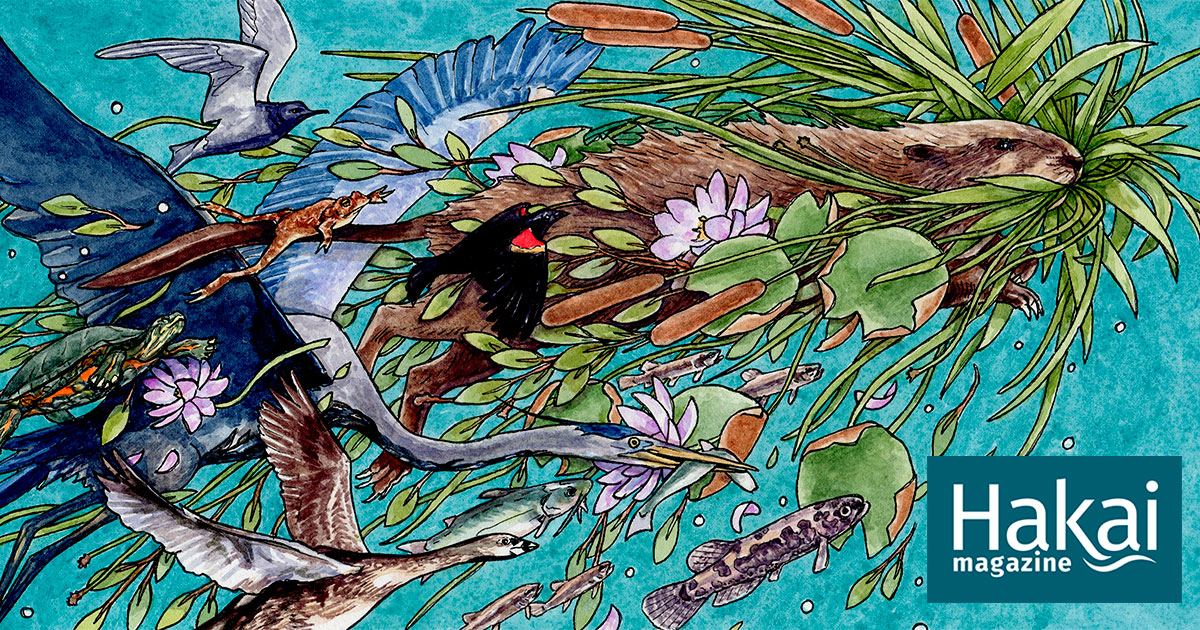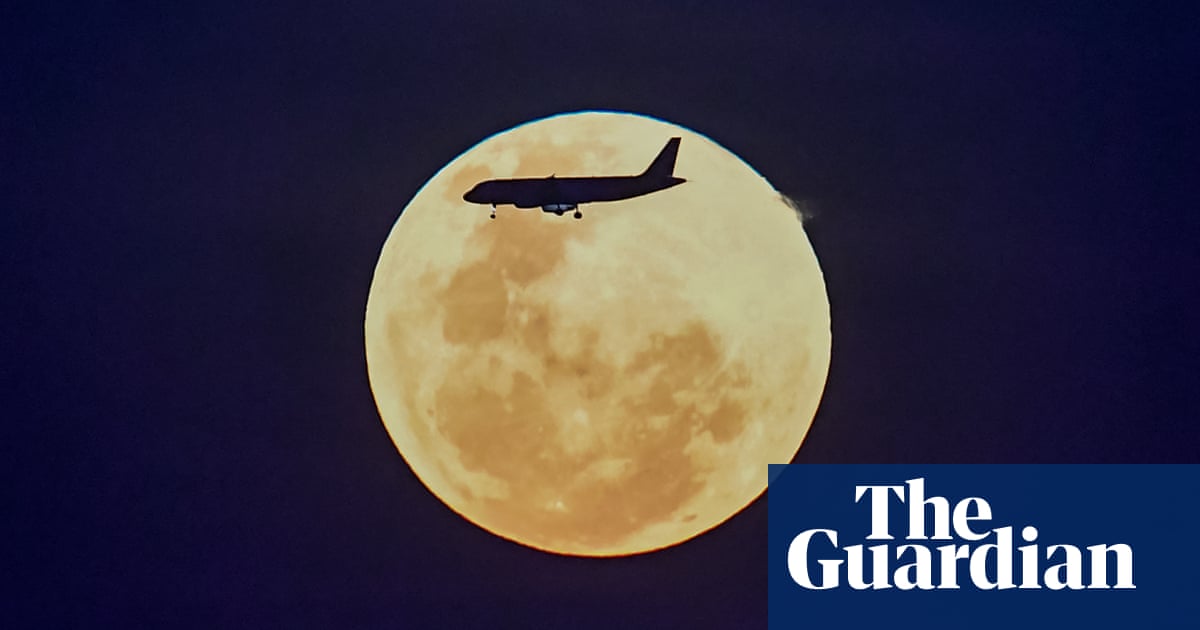
The Waning Reign of the Wetland Architect We Barely Know (Hint: Not a Beaver) | Hakai Magazine
This article is also available in audio format. Listen now, download, or subscribe to “Hakai Magazine Audio Edition” through your favorite podcast app.
When I was a teenager, my parents bought a home near an old farm pond in Bangor, Maine. A family of muskrats lived there and would go about their business as I lazed on the dock; I didn’t pay them close attention, as they were hardly glamorous creatures, and in retrospect, I took them for granted. Nevertheless, I did appreciate their presence. On warm-season evenings, the football-sized rodents—they resemble enormous voles or small, long-tailed beavers—would chug back and forth, harvesting cattails and carrying fronds to their den to eat in privacy. The sight of a whiskered nose held just above the water, a small bow wave preceding it, never ceased to lift my spirits.
When I learned last summer that muskrats as a species are struggling, the news came as a sad surprise, though the decline has been decades in the making. In the 1990s and early 2000s, around the same time as I met my farm-pond neighbors, the number of muskrats caught for their fur by trappers in the eastern United States and Canada started to drop, in some places precipitously. Wildlife managers typically use trapping data to track muskrat populations, but since the popularity of trapping had also dwindled, that seemed a likelier explanation for the downward trend than an actual population decline: after all, muskrats are known for their resilience.





















